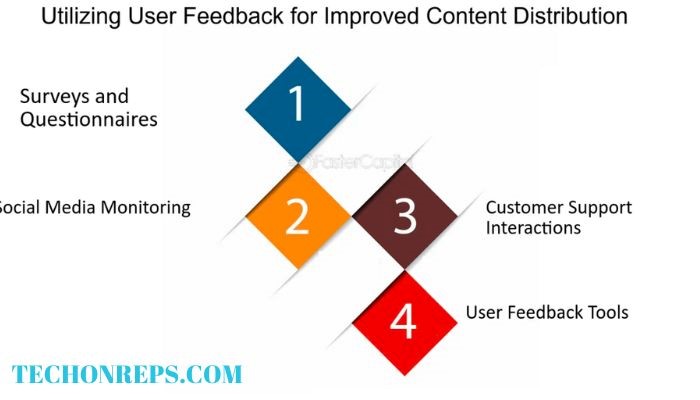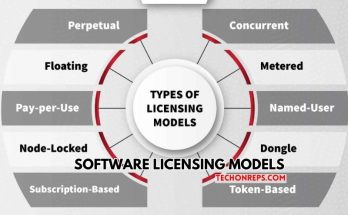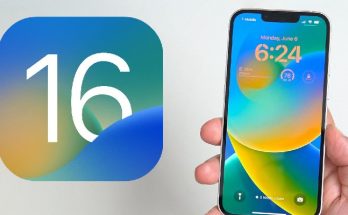From Hidden Gems to Front and Center: How to Optimized Discoverability Ux Patterns
Discoverability is a crucial aspect of user experience (UX) design. It refers to how easily users can find and access the content or features they are looking for within a website or app. In order to create a successful user experience, it is essential to optimize discoverability. This article will explore various aspects of discoverability in UX design and provide insights on how to improve it.

Understanding User Behavior: How Users Discover Content
To optimize discoverability, it is important to understand how users typically discover content on websites and apps. Users often rely on navigation menus, search functionality, and visual cues to find what they are looking for. By understanding these behaviors, UX designers can create intuitive and user-friendly interfaces that make it easy for users to discover content.
The Role of Navigation in Discoverability
Clear and intuitive navigation is crucial for helping users find what they are looking for. Navigation menus should be well-organized and labeled in a way that is easy to understand. It is important to use familiar conventions and avoid complex or ambiguous labels. Additionally, providing breadcrumbs or a sitemap can help users navigate back to previous pages or explore other sections of the website or app.
The Power of Search: Optimizing Search Functionality
Search functionality plays a significant role in discoverability, especially for users who have a specific item or topic in mind. It is important to optimize search functionality by implementing features such as autocomplete, filters, and advanced search options. Autocomplete can help users find what they are looking for faster by suggesting relevant search terms as they type. Filters allow users to narrow down their search results based on specific criteria, such as date, location, or category.
The Impact of Visual Design on Discoverability
Visual design can greatly impact discoverability. The use of color and contrast can draw attention to important elements and make them more discoverable. For example, using a contrasting color for call-to-action buttons can make them stand out and encourage users to click on them. Additionally, using visual cues such as icons or images can help users quickly understand the purpose or function of certain elements.
Leveraging User Feedback to Improve Discoverability
User feedback is invaluable in improving discoverability. By listening to user feedback, UX designers can identify pain points and areas for improvement. Conducting user testing and gathering feedback through surveys or interviews can provide valuable insights into how users are discovering and navigating through the website or app. This feedback can then be used to make informed design decisions and optimize discoverability.
The Benefits of Personalization in Discoverability
Personalization can greatly improve discoverability by tailoring content to individual users. By analyzing user data and preferences, UX designers can create personalized experiences that present relevant content or recommendations to each user. For example, an e-commerce website can use personalization to show product recommendations based on a user’s browsing history or purchase behavior. This can greatly enhance discoverability by presenting users with content that is most likely to be of interest to them.
Accessibility and Discoverability: Designing for All Users
Designing for accessibility is crucial in ensuring that all users can discover content. Accessibility considerations include providing alternative text for images, using clear and concise language, and ensuring that the website or app is compatible with assistive technologies such as screen readers. By designing with accessibility in mind, UX designers can ensure that all users, including those with disabilities, can easily discover and access content.
The Role of Social Media in Discoverability
Social media can have a significant impact on discoverability. By leveraging social media platforms, websites and apps can increase their visibility and reach a wider audience. Sharing buttons and social proof, such as user reviews or testimonials, can also enhance discoverability by encouraging users to explore and engage with the content. Additionally, social media can be used as a platform for user-generated content, which can further enhance discoverability and provide valuable insights for UX designers.
Measuring Success: Metrics for Evaluating Discoverability in UX Design
Measuring the success of discoverability in UX design is essential to understand how well the website or app is performing. Metrics such as click-through rates, bounce rates, and time spent on page can provide insights into how users are discovering and engaging with the content. Heatmaps and user session recordings can also provide valuable visual data on user behavior and interactions. By analyzing these metrics, UX designers can identify areas for improvement and make data-driven decisions to optimize discoverability.
Conclusion:
Discoverability is a crucial aspect of UX design that greatly impacts the user experience. By understanding user behavior, optimizing navigation and search functionality, leveraging visual design and user feedback, and considering accessibility and personalization, UX designers can create interfaces that are intuitive and user-friendly. By measuring success through relevant metrics, UX designers can continuously improve discoverability and create a successful user experience. Optimizing discoverability is essential for ensuring that users can easily find and access the content or features they are looking for, ultimately leading to increased user satisfaction and engagement.



